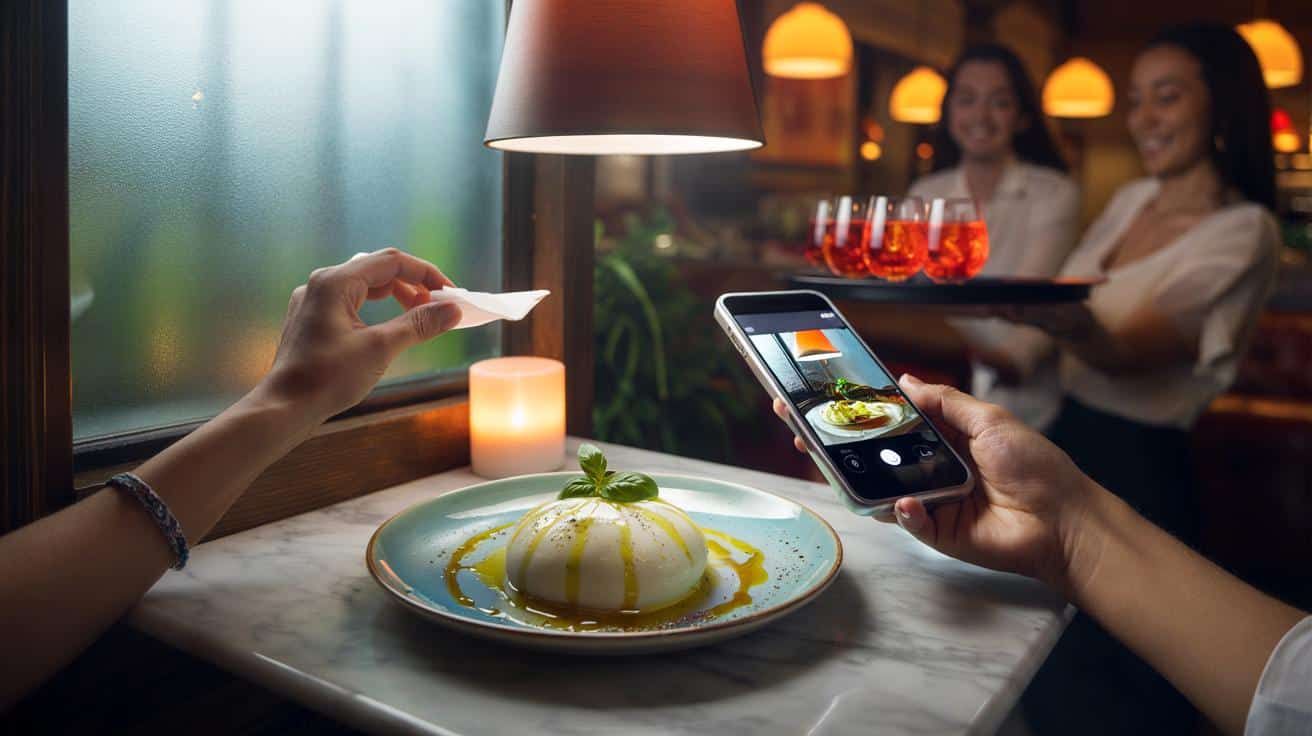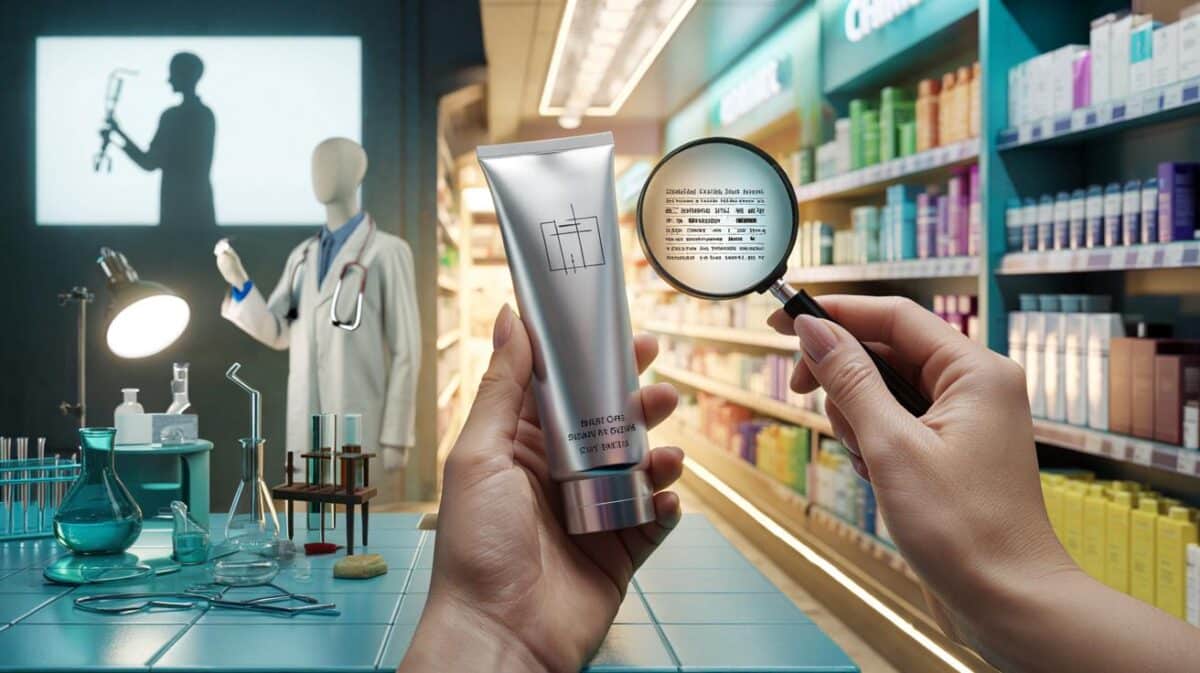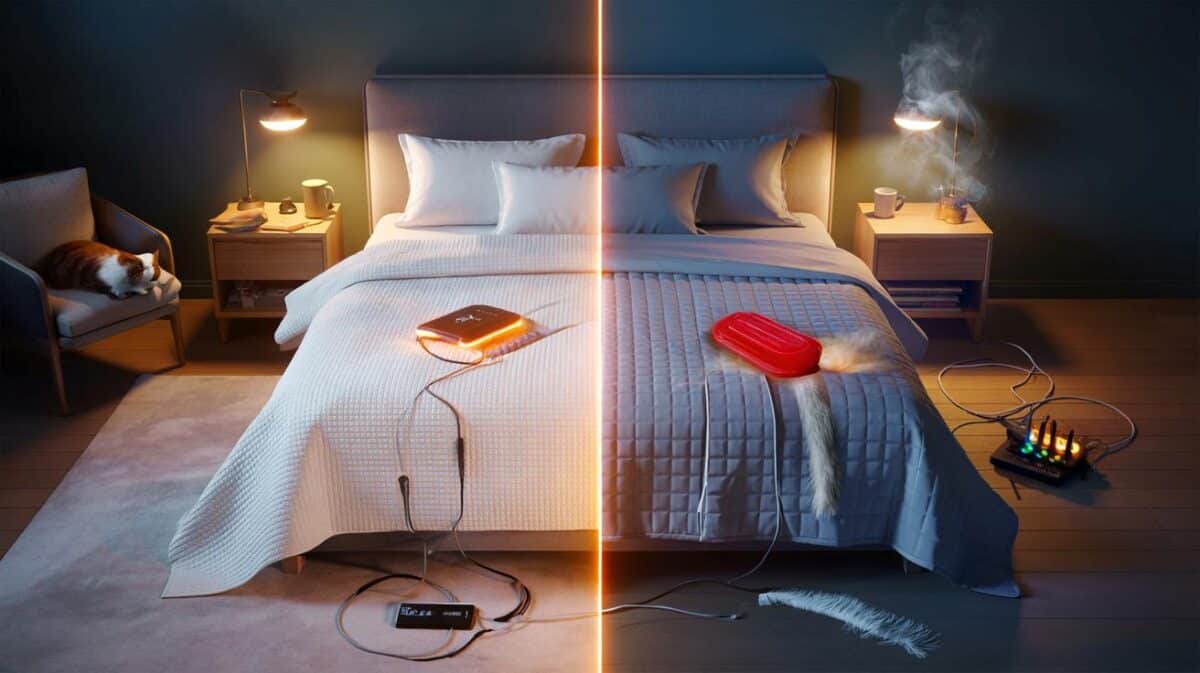Tungsten bulbs go orange, LEDs go blue, candles dance, and plates shine like mirrors. You want your food to look as good as it tastes — without flattening it under a filter.
The table wobbles. Two friends lean over a plate of glossy burrata while a waiter glides past with a tray of Negronis. The room is amber and low, all soft lamps and chatter, the kind of light that flatters faces and kills phone photos. You tilt your camera. The overhead bulb scorches the mozzarella. A candle flames out a harsh hotspot. A sliver of window light lands, then vanishes as the door closes.
We’ve all stood up to “find the light” while everyone else starts eating. You don’t want to be that person. You want the room to do the work for you. Just one small change can flip a photo from muddy to mouthwatering. Watch what happens next.
Read the room, don’t fight it
The best restaurant lighting isn’t added, it’s harvested. Start by scanning the scene like a stage manager. Where is the soft light falling naturally? Sit or rotate so the strongest source hits your plate from the side, not from above. Side-light carves texture into noodles and steaks and stops glazes from flaring out.
At a tiny Paris bistro, I watched a table of four spend five minutes trying to “fix” a cacio e pepe with phone torches. Nothing worked. One small move did: they slid the plate 30 centimetres towards the window, turned it a quarter turn, and the pepper started to sparkle. No gadgets. Just angle and distance. The room had already set the mood. They let it paint the plate.
Colour matters as much as brightness. Warm bulbs sit around 2700K; cooler LEDs can be 4000–5000K. Mix them and your camera panics. Keep your subject in one “family” of light. If you’re near a window, lean into it and block the overhead glare with your hand like a little flag. If you’re in the glow of a lamp, commit to that warmth and frame out the daylight. **Natural light always wins.** The cleanest look is single-source, single-colour, shaped by where you place the plate.
Tiny moves that beat any filter
Wipe the lens. It sounds daft, but a greasy phone glass adds ghostly halos to candles and turns olives into fog. Tap to focus on the food, then press and hold to lock focus/exposure. Nudge the exposure down a notch; shadows deepen, highlights keep their bite, and sauces look glossy rather than blown out. Stand back a touch and use 2x rather than ramming the phone over the plate. A gentle 30–45° angle is a safe place to start.
Skip the built‑in flash. It flattens everything and throws grim shadows. Kill Night mode for food; it smears steam and melts textures. If you’re short of light, borrow it smartly: bounce a friend’s torch from their phone off a white menu or napkin to create a soft, indirect wash. Let’s be honest: nobody really does that every day. Still, when the dish is special, that minute of care is worth it. And if a candle is all you have, slide it to the side so it skims, not scorches.
Light placement isn’t just technical, it’s social. Ask the server to swap a blinding bulb for a nearby candle, or to seat you by the frosted window if there’s a wait. Most are game if you’re polite and quick. *Soft candlelight can lie* — it warms skin and food, but it can also go murky. That’s where a tiny exposure nudge, and a white plate used as a reflector, earn their keep.
“Think like a window,” a food photographer once told me. “If you can’t find one, create one by bouncing light. And if you can’t bounce, move the plate.”
- Tap and hold to lock focus/exposure, then slide down a hair to protect highlights.
- Keep light from one side: window, candle, or lamp. Avoid mixing sources.
- Use a menu, napkin, or empty plate as a reflector to soften shadows.
- Angle at 30–45° for depth; go overhead only if the light is clean and even.
- Stand back and use 2x for nicer perspective and fewer lens flares.
Make the light part of the story
Great dining photos feel like the room. They keep the colour of the evening — the warm pool of a pendant, the way steam curls through a cool blue window. If the pasta looks like mid‑day in July while the room reads midnight in January, something breaks. Choose the story, then let the light match it.
The easiest way to keep that truth is to keep the edit minimal. Lower exposure a touch, add a pinch of contrast, and correct white balance by eye against something neutral in the frame — a plate rim, a linen corner, the marble table. **Lower the exposure** first; it’s the fix that makes almost every restaurant photo instantly richer. If you’re in Pro or RAW, nudge the temperature, not the saturation. Leave the heavy lifting to the light you shaped before you pressed the shutter.
The theatre of dining photographs well when you leave space around the plate. A glass catching a crescent of lamp glow. A hand reaching in. The hint of neon on a tile. That context makes flavours feel like moments, not lab samples. **Stop chasing “perfect” and chase honest.** The room has already done half the work. You’re just choosing the angle that lets it speak.
The next time your dish lands and everyone pauses, don’t panic. Breathe. Look for the brightest soft patch. Rotate the plate. Move the candle. Drop the exposure a whisper. Share a little light from a menu or a plate if the shadows need an edit. Then put the phone down and eat while it’s hot. Your camera will remember the glow. Your friends will remember the laugh. Both matter, and both can sit in one frame.
| Key points | Detail | Reader Interest |
|---|---|---|
| Position and angle | Side-light from a window or candle, 30–45° camera angle, single light family | Instantly adds texture and depth without gadgets |
| Phone controls | Lock focus/exposure, slide exposure down, stand back and use 2x | Cleaner highlights, better perspective, fewer flares |
| Simple tools | Menu/napkin/plate as reflector, move the candle, avoid mixing light | Pro-looking results from things already on the table |
FAQ :
- What’s the best seat for food photos?Near a window with soft, indirect light. Face the window and keep the plate between you and the light for gentle side‑light.
- How do I fix a yellow or blue cast without filters?Tap to focus, lock exposure, then adjust white balance slightly in your camera app or after the shot using temperature only. Keep to one light source.
- Can I use a napkin as a reflector?Yes. Hold a white napkin or menu opposite the light to bounce a soft fill into shadows. It’s quick and subtle.
- Is it rude to move a candle or ask for different seating?Be brief and kind. A small candle shift or a seat by the window is common; the key is to be unobtrusive and fast.
- Should I shoot overhead or at an angle?Overhead works with even light and flat dishes (pizza, salads). For glossy, tall, or textured plates, a 30–45° angle shows depth and shine.








